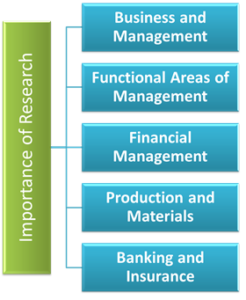When you are starting something in your country domestically you have a basic idea about your market, target audience, government rules, etc. But when you open something internationally you have to learn about everything you need to gather all the small information as you are in a new territory and you have to make sure that you do not offend people with wrong messages. That is why research before entering new territory is very important.
International marketing research important to a business
International marketing research plays a crucial role in understanding consumer behavior both psychologically and physiologically. The main role of international marketing research in a business is to understand the consumer’s wants and needs so that you can translate their behaviors into the market’s strategies and plan the future. In this ever-changing world, international market consumers have lots of choices due to globalization. International market research is responsible to maintain its approaches to enhance the market’s strategies in a way of targets markets. Hence, if the company wants to grow internationally they have to learn and understand consumers’ behavior and the quickest way to do that is by conducting proper market research.
Why is international marketing research important?
When you conduct international market research you get an opportunity to get crucial information about the target audience of that country and focus groups of international business are revealed through market research. Market research is important as it can help you with all the information you need as a company to make a decision. International market research provides controlled information for marketers and advertisers, compares markets, products, and other market variables, and supplies new ideas for business entry or business expansion. International market analysis is essential for almost all decision-making departments of a corporation.
Why is marketing important in international marketing?
Well, marketing is important for any brand on any given day. But international marketing is more important as when you are launching locally people can still relate with your company at some level but when you are launching something internationally you have zero connection with the customers so you have to build that connection by marketing your product in the right manner.
How does marketing research help businesses?
Marketing research helps a business in the following ways:
- Market research helps a business to realize its future.
- Market research helps a business to understand consumers’ desires.
- Market research helps a business to identify geographic regions for expansion to test the market’s readiness for your new products or services.
- Market research helps in providing numbers on the effectiveness of your marketing efforts.
Benefits of market research in international business:
- It helps a business to understand its target audience.
- Market research helps you to understand the cultural difference so that when you launch your brand internationally you do not do something that can trigger the wrong sentiments for your brand.
- Market research helps you to understand the government rules and regulations.
- Market research helps you to understand international market competition.
- Market research helps you to understand consumer behavior that would eventually lay grounds for marketing campaigns.
When you are thinking of expanding your business internationally, market research is not an option but a requirement. If you need help with conducting research and collecting data in a way that could be useful then visit ibigrs’s website and learn more about research.

